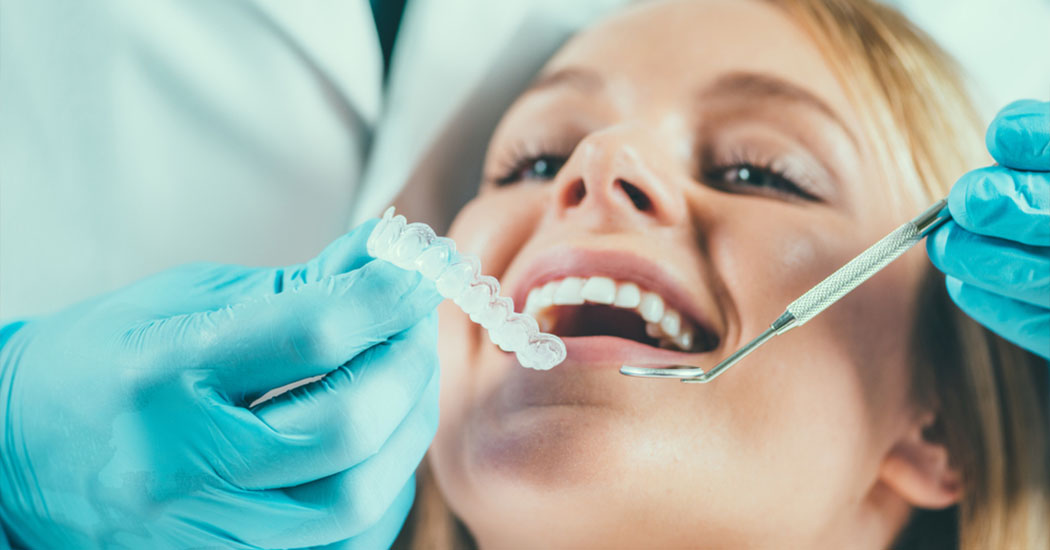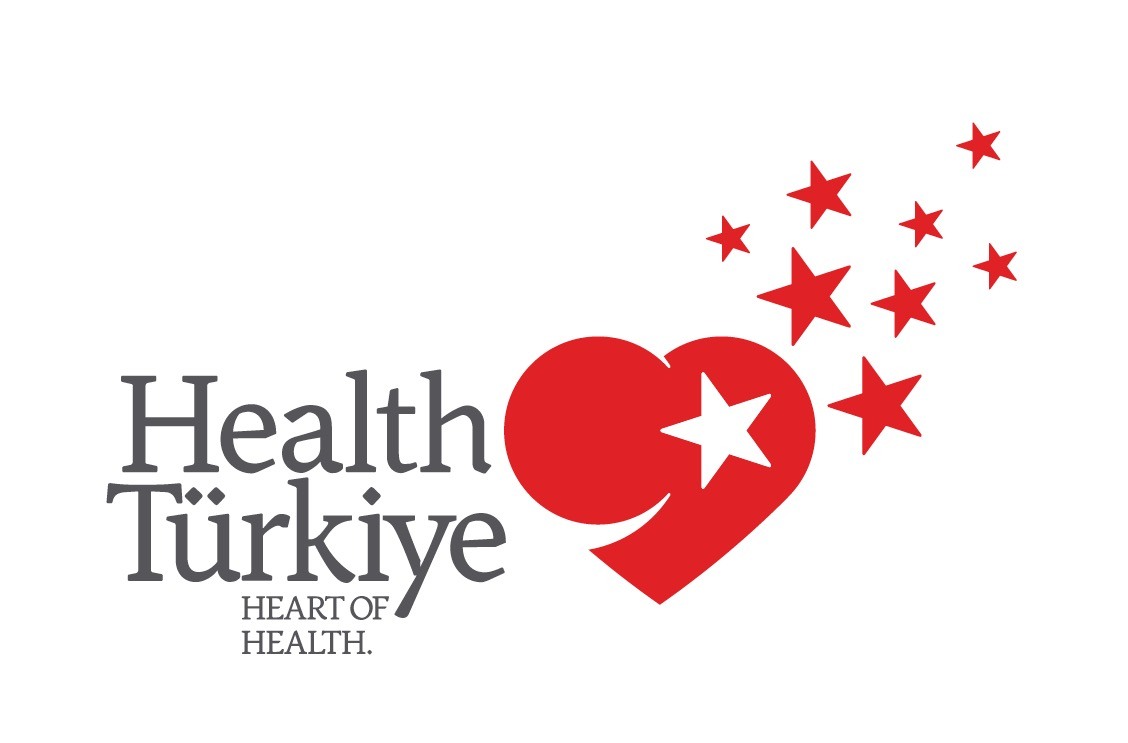- Teomanpaşa Mahallesi, Yeşilırmak Caddesi no:14 Kepez / Antalya
- info@palmiyedental.com

Zirconium is an element accepted as a metal in the periodic table. Zirconium, which has a very high compression and fracture resistance, has found widespread use in dentistry due to its low toxicity and tissue-friendliness. Apart from providing more successful results than other applications in terms of aesthetics and having sufficient durability, zircon is also more satisfactory and successful for the patient as it does not show allergic reactions at the gum line.
How is it applied?
In zirconium applications, since the metal is white, less tooth cutting is done and the remaining tooth tissue is protected. Depending on the high compression resistance of zirconium, it can be easily used in bridges with 3 units and above, and it gives very successful results in the future.
Whitening methods can cause slight sensitivity in living teeth. This tooth sensitivity can be especially against very hot or cold. This is a normal and expected side effect. To prevent or reduce this situation, the patient can be treated with fluoride before the whitening process or the teeth can be supported with desensitizing toothpastes two weeks before. Tooth sensitivity usually goes away within 24-48 hours.
There are three different methods to whiten living teeth. Home-type teeth whitening, office-type teeth whitening (applied by the doctor in the clinic) and combined whitening, where office-type whitening is supported by home-type. Office-type whitening is preferred more often because it provides fast results and is under the control of the doctor. However, the most effective is combined whitening.
There is also a devital bleaching method, where teeth that have become colored due to root canal treatment are whitened.
How is it applied?
It is a teeth whitening method applied in the clinic. The whitening gel applied by the dentist on the previously cleaned teeth is activated with the help of UV light or laser. Several sessions may be required.
With the increase in aesthetic expectations and human sociality, people now want a more beautiful smile. Today's aesthetic dentistry deals with the crookedness, color incompatibility, contour disorders, holistic disorders, formal deformations in people's teeth when they smile. Tooth and gum harmony, lip-tooth harmony and color are important topics in aesthetic dentistry.
How is it applied?
People want an attractive and pleasant smile when they smile, and a pleasant smile is an important success factor in human sociality. Providing a lip-cheek relationship that covers too long, too short, broken, cracked, yellowed or discolored teeth and gums less or more than normal is a treatment that a dentist can provide.
Aesthetic dentistry has been shaped in dentistry operative practices as a result of changing human expectations in the 20th century. Following people's desire to be more social and aesthetic, dentistry practices have also adapted to changing conditions and materials and practices that are more similar to natural teeth, pink, and can better imitate aesthetics (gum aesthetics) have been developed.
How is it applied?
With today's techniques, patients can be given whiter, more natural and aesthetic smiles. People are greeted with their smiles and bid farewell with their personalities.
Copyright © 2021 Özel Palmiye Ağız ve Diş Sağlığı Alondan
